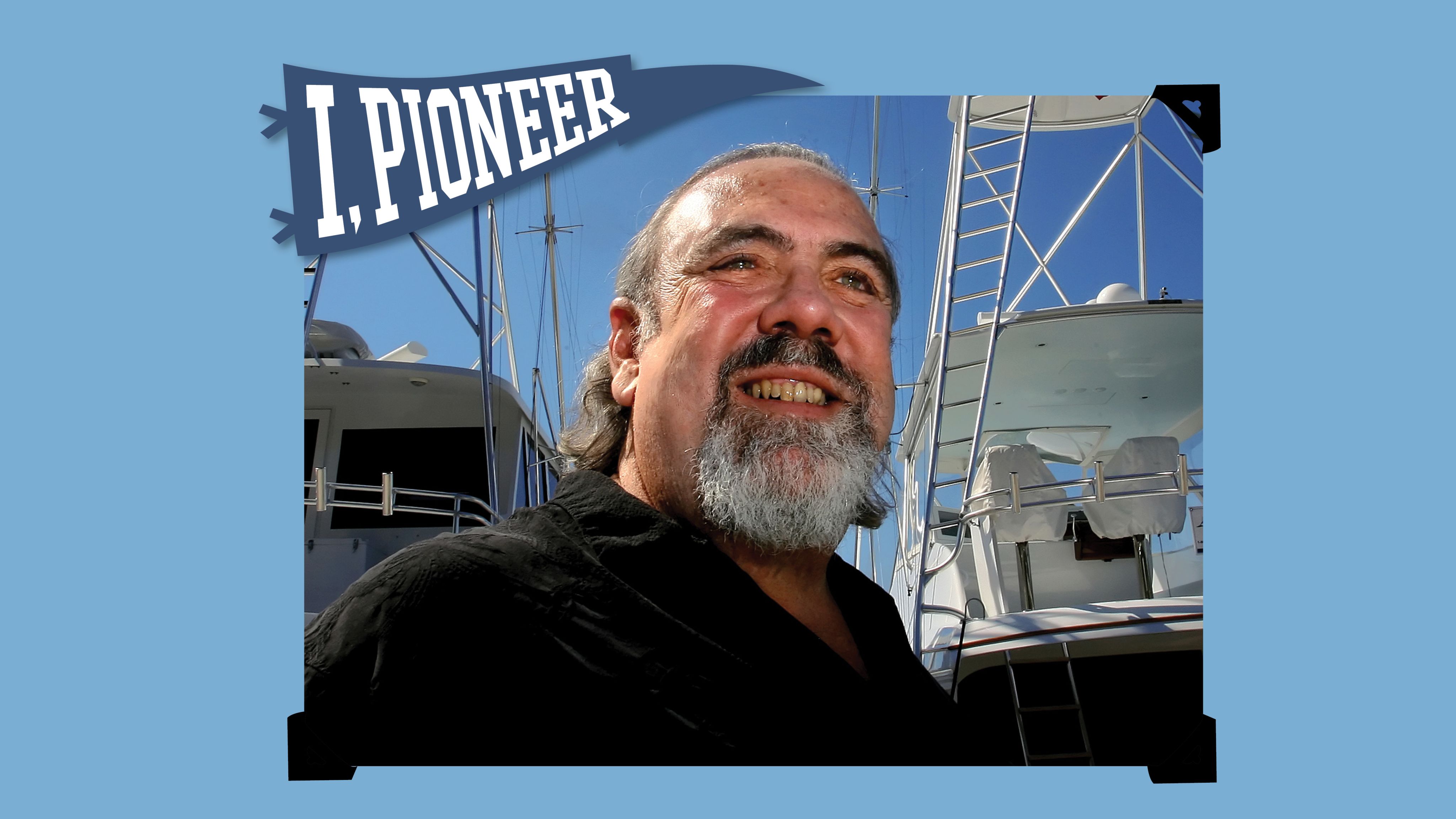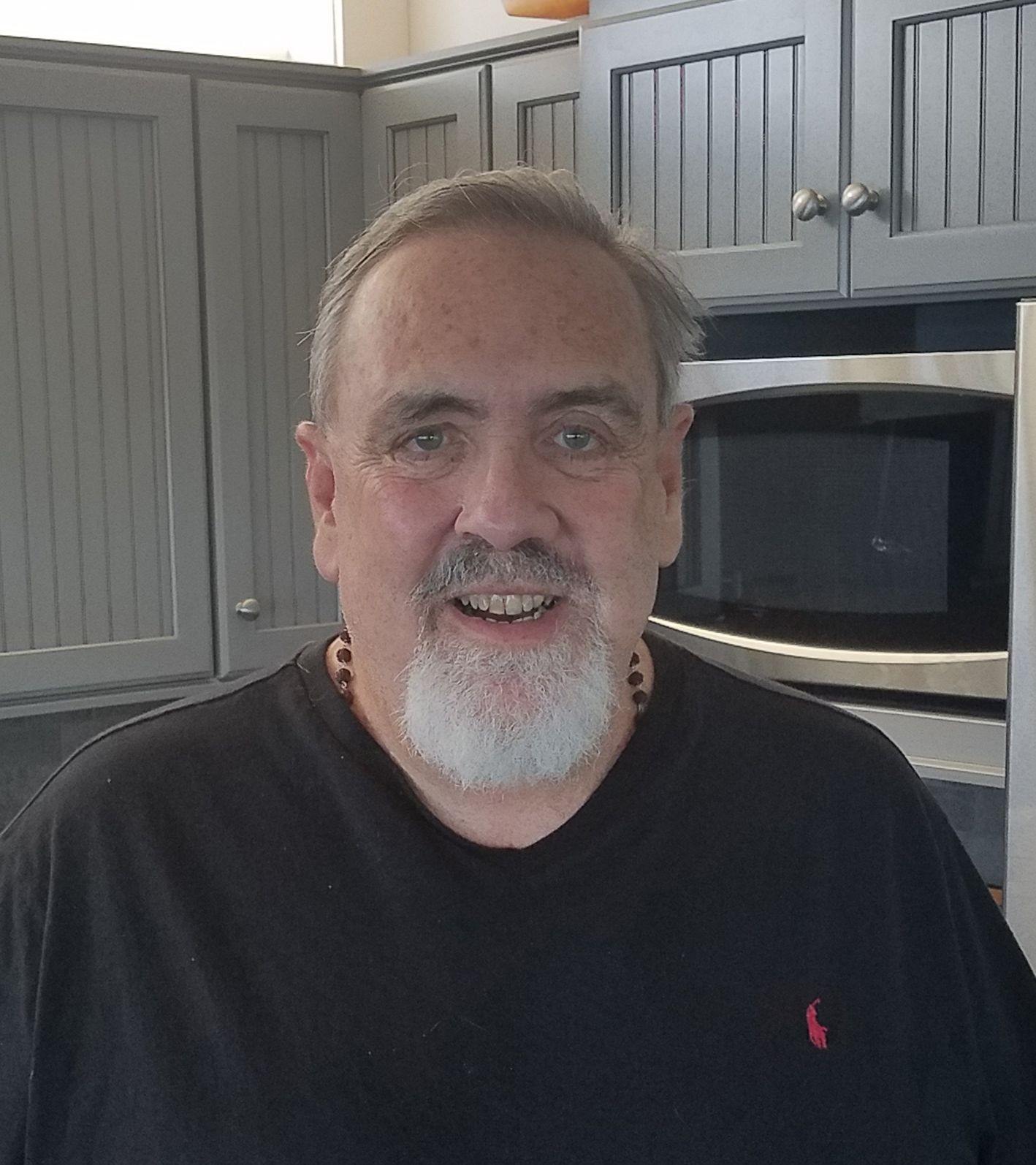I, Pioneer
C. Bart Gullong ’70

Entrepreneurship — when coupled with a commitment to maintaining a personal mission — can change the world for the better.
Coming from an all-boys prep school in New England, Bart Gullong ’70 developed a powerful sense of who he is at Marietta College through the experiences and relationships he made at Marietta College. Allowing those principles to center his professional life has allowed him to stand firm against people and policies challenging what he believes is the right thing to do.
Bart is the co-founder and former Chairman of the Board of the Z-Medica Corp company. The product, QuikClot, revolutionized how people suffering from life-threatening blood loss due to injury were treated. The product was developed by Frank Hursey, Z-Medica’s co-founder and engineer. The two men met in 1998 when Frank put out an ad in the Hartford Courant newspaper that he was looking for a partner to help sell oxygen and nitrogen air separation systems for Frank’s company, On-Site Gas Systems. Bart said he would work to sell the product for free — taking a 25 percent commission on the profits.
“I remember saying, ‘In a year, you’ll come to me and beg to change the deal because I’ll be making so much more money than you, and he did,” Bart says.
Early on, Frank told Bart about a product he developed and patented in 1989 that clotted blood. But because the primary business of selling the filtration systems was going well, the clotting agent stayed in the back of Bart’s mind. After the Sept. 11 terrorist attacks, the U.S. military requested that the Z-Medica Corp. develop portable oxygen systems, which could be dropped from planes to support surgical centers on the battlefield.
Bart was working with Marine Corps Master Chief Tom Eagles, the most highly decorated Navy Corpsman in the Vietnam War and head of the Marines’ medical system, who told Bart that he was dealing with an upcoming blood clotting trial, “and he thought it would be a fool’s errand because we’ve tried for years and years to find something that works, but nothing works,” Bart recalls his late personal hero saying. “I said, ‘Well, Tommy, I’ve got something for you. We have a blood clotting product.’ ”
The zeolite agent that Hursey developed years earlier was tested numerous times by the FDA — including the full transection of the femoral artery of a pig. Unlike every other agent being tested, QuikClot was attributed to zero deaths. This life-saving product worked and was soon FDA-approved.
The Navy and the Air Force were quick to implement its use, but the U.S. Army resisted — and at one point outlawed its use — so it could use a different product that came with substantial risk to patients. Knowing that QuikClot would save the lives of many servicemembers, Bart and Z-Medica took a stand.
“The whole battle ended up on the floor of Congress,” Bart says. “We knew we had something that was absolutely 100-percent effective, and it was life changing. It altered the battlefield forever. When we started out, the number of soldiers’ injuries that led to death on the battlefield — soldiers killed in action — was 21 percent. It had been 21 percent since the Crimean War until our product came around, dropping it most recently to 11 percent.”
Hundreds of soldiers and even more civilians in Afghanistan and Iraq were saved, and countless more deaths were prevented outside of the battlefield. Bart says the company took a similar approach to the plot in the movie, The Blues Brothers, because they were on a mission from God to get QuikClot into the hands of those who needed it most.
“Special Forces were the first to have our product, and then the British Marines,” Bart says. “But when you go down range — when the soldiers, sailors, marines go down range — they find a way to get what they need, and we saw that our guys were trading bottles of Scotch with the British for QuikClot, and then a group of mothers and wives got together to do fundraisers to buy QuikClot themselves to send it to their family members who were serving.”
Eventually, QuikClot gauze became the first-line protocol for life-threatening blood-loss injuries on the battlefield. The book, In the Blood: How Two Outsiders Solved a Centuries-Old Medical Mystery and Took on the U.S. Army, by Charles Barber, details how Bart and Frank’s company overcame the roadblock set by an Army official to save the lives of servicemembers. Movie rights for the book, published in May 2023, were sold to the same production company that produced King Richard (2021) and a screenplay has been commissioned.
“It was just a continuation of my commitment, which was made during late nights in ‘The Pit’ and in the dorms, that we would make a difference and that we would not accept things the way they were,” Bart says. “As (President John) Kennedy said, we would look at things as they weren’t and ask, ‘Why not?’ ”
Looking back, Bart knows that his personal mission has played a role in every endeavor he has pursued. When he graduated from Marietta with a degree in English and a teaching certificate, he thought he would pursue a career in education. While attending graduate school to be an educational counselor, he interned at a Connecticut high school. A former high school and college rower, Bart decided to start a boys’ rowing team. Because none of the boys were interested in being coxswains, two girls filled those roles. He was called into the school’s office and told he had to cancel the team because girls were not allowed to play on boys’ teams. Through one of the rower’s connections, the Hartford Courant featured a front-page article with a banner headline, “Sex Discrimination at Simsbury High School.”
“The story went, what would be called today, ‘viral.’ ” he says. “It went out on all services. I actually got the story from a friend in Honolulu who saw it in the Honolulu Times. It went everywhere.”
Consequently, the community formed a parents’ organization and the high school backed down from the original demand; and it garnered tremendous support for the team.
As a result of all the support the team received, they won the state championship — a miracle for a first-year program.
“And I got invited to testify before the committee that wrote Title IX, so it was a huge thing and really started my career off,” Bart says. “I could have taken the easy route and just found a couple of boys to fill the boat. I could have backed off, but this was an opportunity to make a difference. Like my classmates at Marietta, I had a burning desire to make a difference.”
Z-Medica Corp: Co-Founder and former Chairman of the Board; Entrepreneur; Simsbury High School and Connecticut College: Head Rowing Coach; Southampton College: Dean of Students
Education
Marietta College – B.A. English; Teaching Certificate
Central Connecticut State University – M.A. Counseling & Psychology
In the Blood: How Two Outsiders Solved a Centuries-Old Medical Mystery and Took on the U.S. Army


Because of his success, Bart was invited to be the new head rowing coach at Connecticut College for four years, eventually winning the nationals and competing in the World Championships. He was also the Dean of Students at Southhampton College. One of his rowers was Anita DeFrantz, who became the Vice President of the International Olympic Committee and was known as the most influential woman in women’s sports.
After his coaching career, Bart began developing as an entrepreneur — from selling and delivering yachts to starting a video game company with a colleague.
“This is why my friends call me Forrest Gump,” Bart says. “I seem to be in the right place at the right time. So, we transition from operating video games to building controllers for games and designing physical aspects for video games.”
During a flight to Texas, he was bumped up to first class and was seated next to the Director of Human Flight for NASA.
“The man said, ‘We are having a terrible time creating a process by which the pilot can communicate with the computer because the Space Shuttle is impossible to fly — it’s impossible for a human to operate because it’s essentially a rock. So, we have to create some computer program that will communicate from the pilot to the control services, and right now, video games are the most advanced way for a human to communicate with a computer.’”
Bart was hired on the spot as a consultant and was in that role for about six months. He helped design the Space Shuttle’s fly-by-wire system, which is the way that nearly every commercial airplane is flown today.
“I know the kids who are still in college will never read this, but if there were a message that I could get to them, it would be ‘don’t let go of the principles of good, of morality, of making money in a moral way, of not surrendering what you believe in the name of money or expediency — that this works or it can work, but it’s not easy.’ And for my classmates: I’m so appreciative of my classmates. My best friends are still from my class at Marietta. They have survived in my life for 55 years. … Everybody follows their own path, but let your paths come back together every now and then.”
